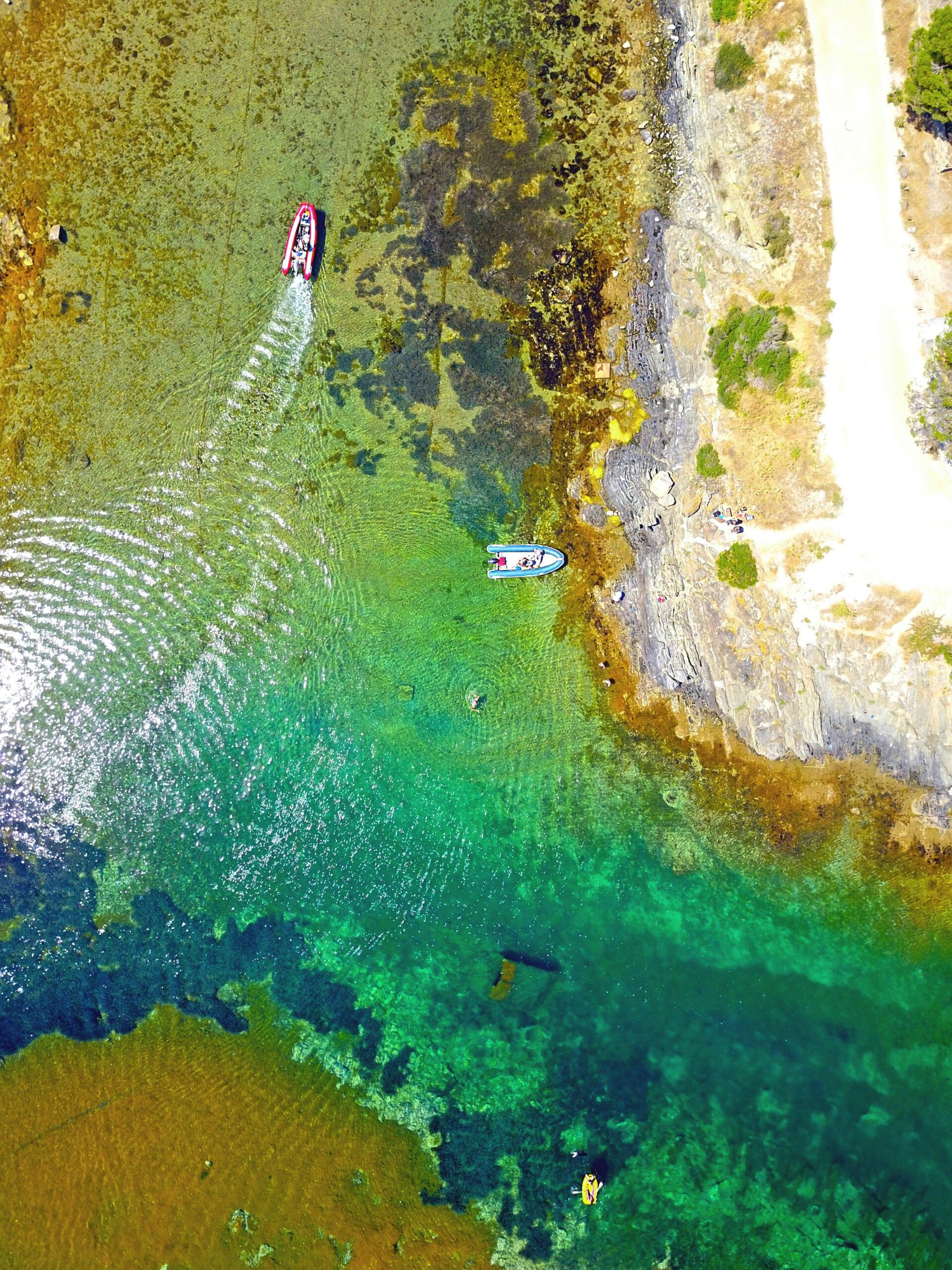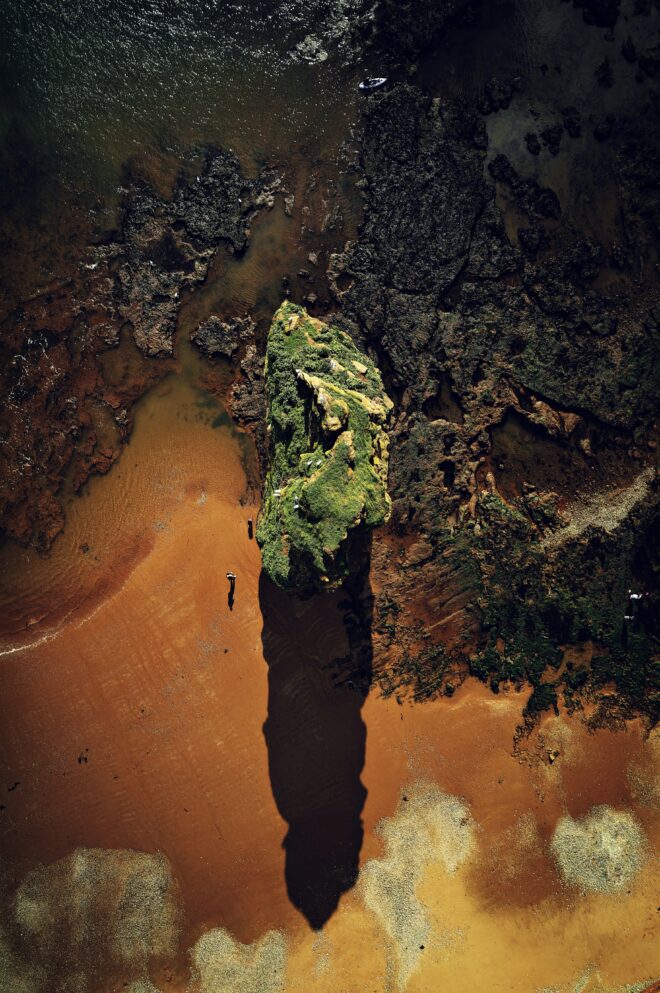How Do I Photograph Reflections In Water Using A Drone?
How do I capture stunning reflections in water using a drone? Photographing reflections in water can create breathtaking and unique images that can truly make your drone photography stand out. In this article, I will guide you through the process of capturing the perfect reflection shots using your drone. Let’s get started!
Why Photograph Reflections In Water?
Photographing reflections in water can add an extra dimension of beauty to your images. The reflections create a mirror-like effect that can enhance the overall composition of your photos. Whether you’re capturing a serene lake, a bustling cityscape, or a majestic mountain range, reflections in water can elevate your drone photography to a whole new level.
Capturing reflections in water using a drone requires careful planning and attention to detail. In the following sections, I will provide you with tips and techniques to help you achieve the best results.
Best Conditions for Photographing Reflections
When it comes to photographing reflections in water, lighting conditions play a crucial role. The best time to capture reflections is during the golden hour – the hour after sunrise and before sunset when the light is soft and warm. This soft light creates beautiful reflections on the water surface, enhancing the overall mood of your photos.
Additionally, calm water conditions are ideal for capturing crisp and clear reflections. Avoid windy days, as ripples on the water surface can distort the reflections and make them appear less defined. If possible, choose a location with minimal movement in the water, such as a quiet lake or a sheltered cove.

This image is property of images.unsplash.com.
Choosing the Right Location for Reflection Shots
When selecting a location for photographing reflections, consider the surroundings and the potential subjects that will be reflected in the water. Look for interesting elements such as trees, buildings, mountains, or clouds that can create dynamic reflections and add visual interest to your photos.
Experiment with different angles and perspectives to find the best composition for your reflection shots. Try shooting from a high vantage point to capture a bird’s eye view of the reflections, or get low to the water surface for a more immersive and dramatic effect.
Drone Settings for Photographing Reflections
Before you start capturing reflection shots with your drone, it’s essential to adjust the settings to achieve the best results. Here are some recommended drone settings for photographing reflections in water:
-
ISO: Keep the ISO low to reduce noise and maintain image quality. A lower ISO setting (e.g., ISO 100) is ideal for capturing sharp and detailed reflections.
-
Shutter Speed: Use a slower shutter speed to capture smooth and silky reflections on the water surface. Experiment with different shutter speeds to find the optimal setting for your desired effect.
-
Exposure: Pay attention to the exposure levels to avoid blown-out highlights or underexposed shadows in your reflection shots. Use exposure compensation or manual exposure settings to achieve a well-balanced exposure.
-
White Balance: Adjust the white balance settings to accurately capture the natural colors of the reflections. Choose a white balance preset that corresponds to the lighting conditions, such as daylight or cloudy, to ensure accurate color reproduction.
This image is property of images.unsplash.com.
Composition Tips for Reflection Photography
When composing reflection shots with your drone, consider the following tips to create visually compelling images:
-
Rule of Thirds: Use the rule of thirds to place key elements of interest in the frame. Position the horizon line or prominent subjects along the grid lines or intersections for a balanced composition.
-
Leading Lines: Look for leading lines in the scene that can guide the viewer’s eye towards the reflections. Use roads, rivers, or bridges to create a sense of depth and perspective in your photos.
-
Symmetry: Take advantage of the mirror-like effect of reflections to create symmetrical compositions. Position your drone directly above the center of the reflection to capture perfectly symmetrical images.
-
Foreground Interest: Include elements in the foreground to add depth and dimension to your reflection shots. Rocks, vegetation, or boats can create a sense of scale and context, making the reflections more engaging.
Editing Tips for Enhancing Reflection Shots
Once you have captured reflection shots with your drone, post-processing can help enhance the visual impact of your images. Here are some editing tips to improve the quality of your reflection shots:
-
Contrast: Increase the contrast to make the reflections stand out and add depth to your photos. Adjust the black and white levels to create a more dynamic and vibrant look.
-
Saturation: Boost the saturation of colors to make the reflections more vivid and eye-catching. Adjust the vibrance and hue levels to enhance the natural beauty of the reflections.
-
Clarity: Apply selective sharpening to the reflections to enhance the details and textures on the water surface. Use the clarity slider to bring out the intricate patterns and shapes in the reflections.
-
Crop: Experiment with cropping to improve the composition of your reflection shots. Remove distracting elements or adjust the framing to focus on the most captivating aspects of the reflections.
This image is property of images.unsplash.com.
Examples of Stunning Reflection Photography
To inspire your creativity and spark new ideas for capturing reflections in water with your drone, here are some examples of stunning reflection photography:
-
Cityscape Reflections: Capture the glittering lights of a city skyline reflected in a river at night. Use long exposure and low ISO settings to create a surreal and magical effect.
-
Nature Reflections: Photograph a serene lake surrounded by colorful autumn foliage reflecting in the water. Play with the symmetry and vibrant colors to create a harmonious composition.
-
Mountain Reflections: Fly your drone over a tranquil mountain lake to capture the majestic peaks mirrored in the clear water. Experiment with different angles and perspectives to showcase the grandeur of the reflections.
By studying these examples and incorporating the tips and techniques mentioned in this article, you can elevate your drone photography skills and capture breathtaking reflection shots that will impress and inspire others.
Final Thoughts
Photographing reflections in water using a drone requires patience, creativity, and technical proficiency. By carefully selecting the right location, adjusting your drone settings, and applying compositional techniques, you can capture stunning reflection shots that showcase the beauty of the natural world.
Experiment with different lighting conditions, angles, and editing techniques to refine your skills and develop your unique style. With practice and dedication, you can master the art of photographing reflections in water and create visually captivating images that leave a lasting impression on viewers.
So, next time you take your drone out for a flight, don’t forget to seek out reflections in water and unleash your creativity to capture the beauty of this mesmerizing phenomenon. Happy flying and happy shooting!



